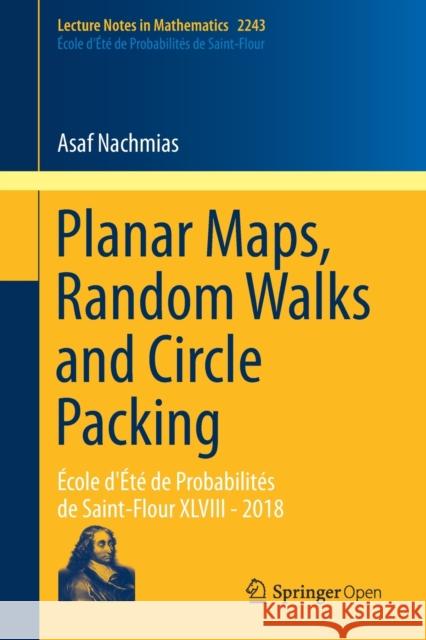Planar Maps, Random Walks and Circle Packing: École d'Été de Probabilités de Saint-Flour XLVIII - 2018 » książka
topmenu
Planar Maps, Random Walks and Circle Packing: École d'Été de Probabilités de Saint-Flour XLVIII - 2018
ISBN-13: 9783030279677 / Angielski / Miękka / 2019 / 120 str.
Planar Maps, Random Walks and Circle Packing: École d'Été de Probabilités de Saint-Flour XLVIII - 2018
ISBN-13: 9783030279677 / Angielski / Miękka / 2019 / 120 str.
cena 201,24
(netto: 191,66 VAT: 5%)
Najniższa cena z 30 dni: 192,74
(netto: 191,66 VAT: 5%)
Najniższa cena z 30 dni: 192,74
Termin realizacji zamówienia:
ok. 22 dni roboczych
Dostawa w 2026 r.
ok. 22 dni roboczych
Dostawa w 2026 r.
Darmowa dostawa!
Kategorie:
Kategorie BISAC:
Wydawca:
Springer
Seria wydawnicza:
Język:
Angielski
ISBN-13:
9783030279677
Rok wydania:
2019
Dostępne języki:
Ilość stron:
120
Waga:
0.20 kg
Wymiary:
23.39 x 15.6 x 0.74
Oprawa:
Miękka
Dodatkowe informacje:
Wydanie ilustrowane











